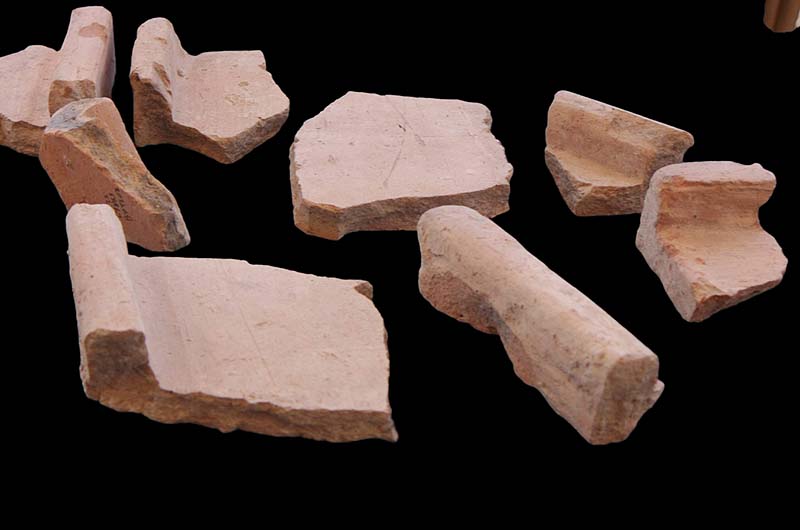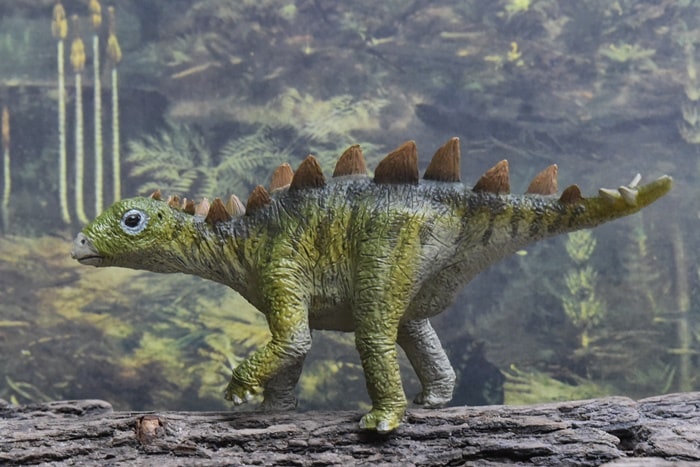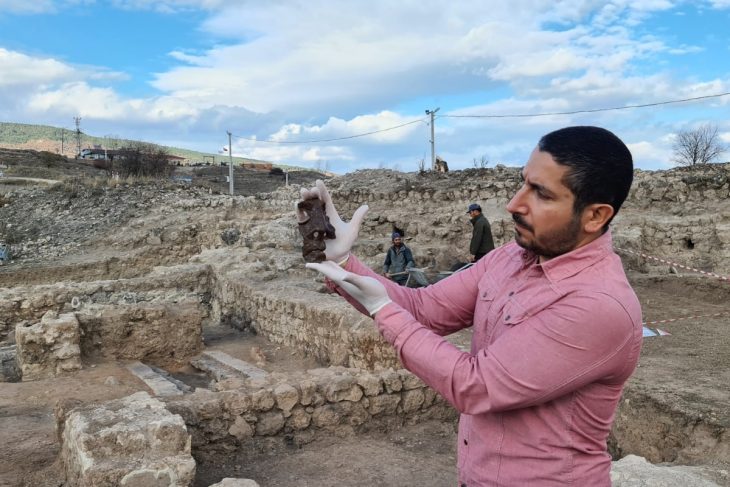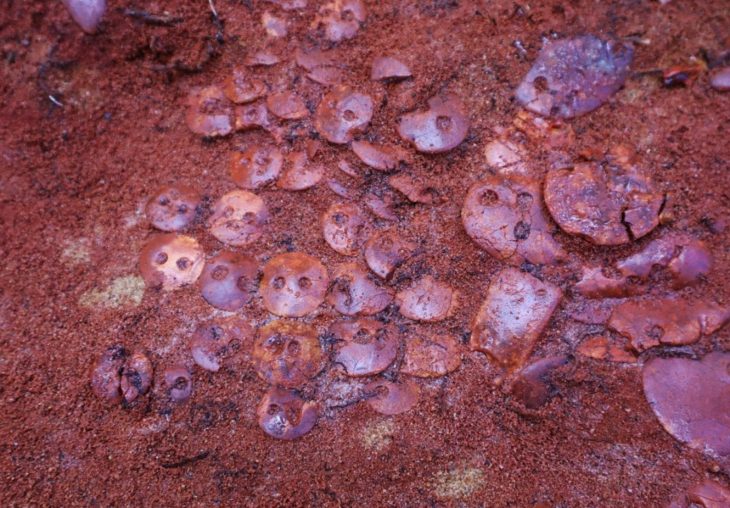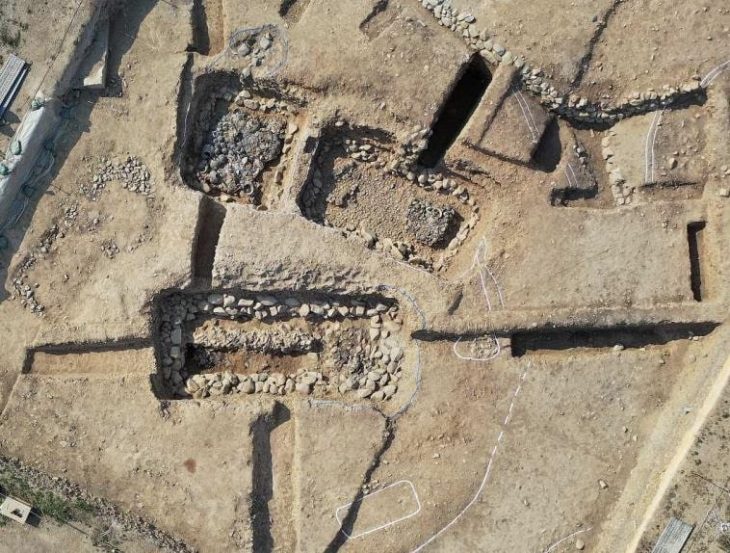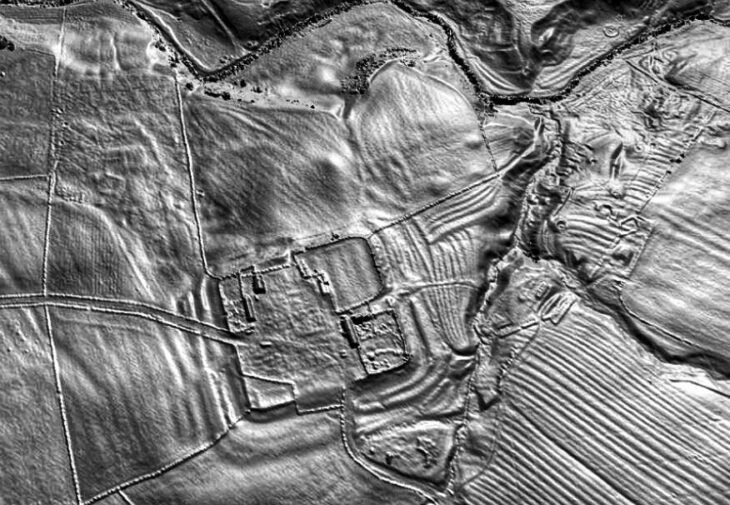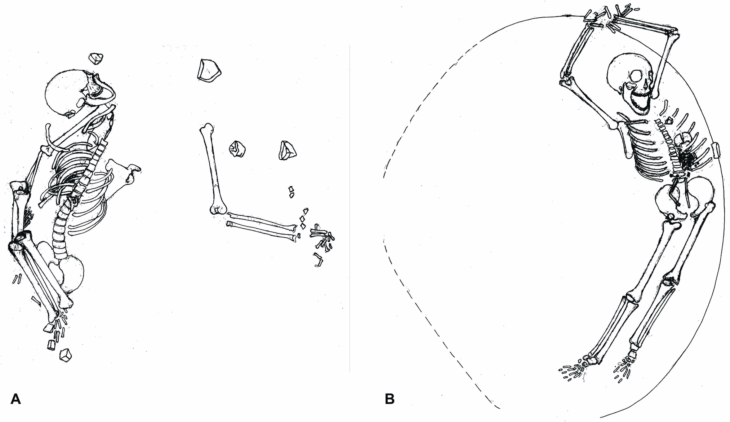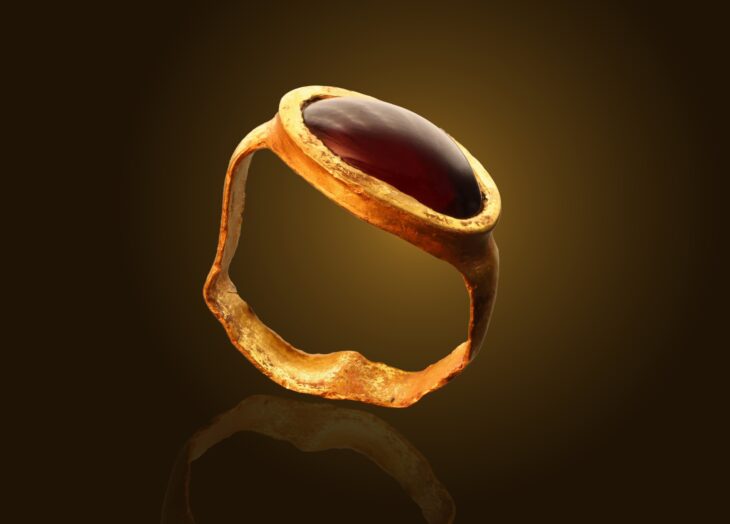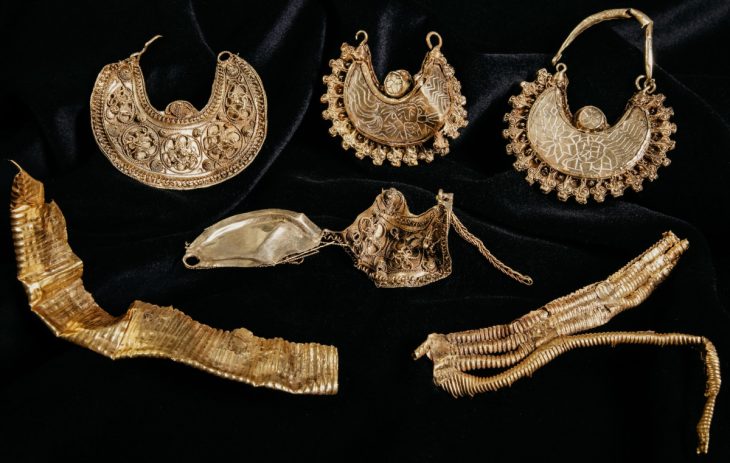The 16 ceramic roof tile fragments, from the Hellenistic period in the second century BCE, were discovered during an archaeological excavation in a parking lot adjacent to the ancient City of David, the Israel Antiquities Authority announced on Wednesday. The discovery marks the earliest documented use of ceramic roof tiles in the Land of Israel.
Fragments of clay roof tiles have been found in Jerusalem, even though such tiles were unknown in Judea at the time, the Israel Antiquities Authority said.
Spearheaded by Dr. Yiftah Shalev and Dr. Filip Vukosavović from the Israel Antiquities Authority (IAA), along with Prof. Yuval Gadot from Tel-Aviv University (TAU), the findings are attributed to the era of Antiochus IV Epiphanes, the Hellenistic ruler of the Seleucid Empire from 175 BC to 164 BC.
These unique tiles could have come from the long-lost Acra, a massive fortress built somewhere in Jerusalem (the exact location is unknown) by the Seleucid Emperor Antiochus IV, aka Antiochus Epiphanes, as part of his drive to subdue the rebellious region against the Greek Seleucid regime in the late second century B.C.
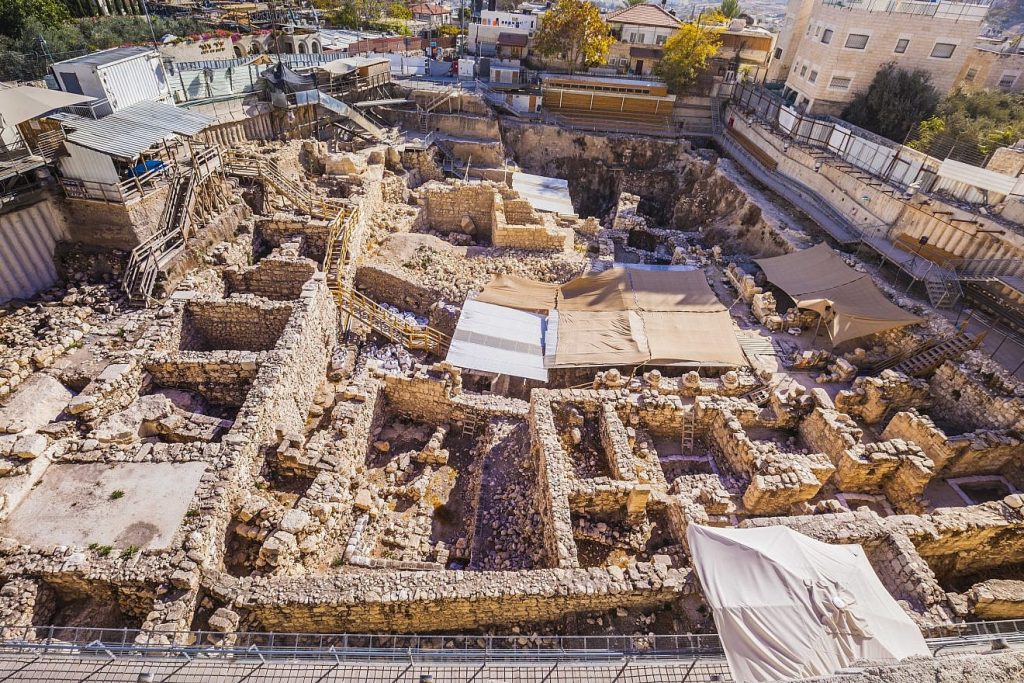
If they are from the Acra, they constitute extremely rare archaeological evidence of the Greek Seleucid regime in Jerusalem, knowledge of which had been confined to historic sources until now, say researchers.
📣 Our WhatsApp channel is now LIVE! Stay up-to-date with the latest news and updates, just click here to follow us on WhatsApp and never miss a thing!!
Recent archaeological endeavors, including the unearthing of roof tiles, have reignited discussions on the possible location of the fortress on the City of David Hill.
The historical background indicates that Antiochus IV built the Acra fortress on or near the Temple Mount in 168 BCE during a military expedition to Jerusalem. The Books of the Maccabees and the later writings of Josephus both detail how Jewish pilgrims and locals alike continued to experience tensions due to this stronghold, which was manned by Syrian mercenaries. The exact location of the Acra fortress has remained a mystery despite its importance.
The technique of making roof tiles was unknown in Hellenistic Judea, making these the oldest ceramic tiles found in this area to date, according to the team excavating in the City of David National Park, around the walls of the Old City of Jerusalem.
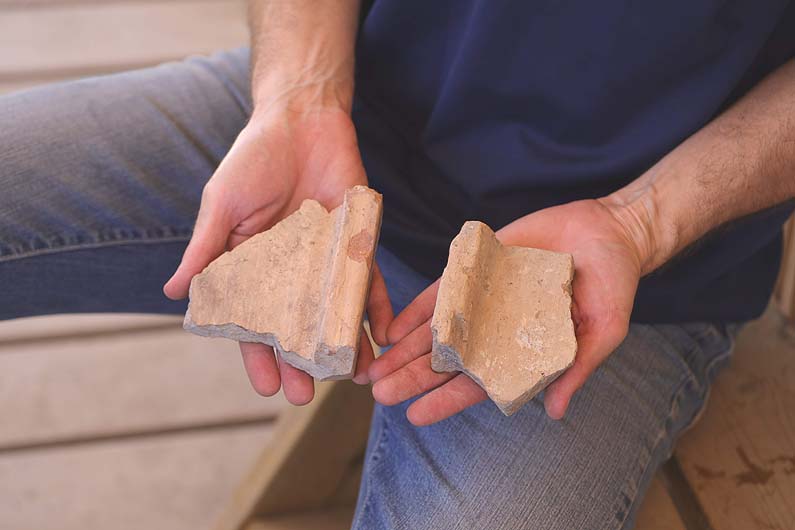
Ceramic roofing tiles were invented in Greece as early as the seventh century BCE. However, 500 years went by until they began to appear in the Land of Israel. The person who brought them to Israel was none other than Antiochus IV Epiphanes.
Their durability and resistance to water, specifically rainwater, gained them a positive reputation and ensured their rapid adoption in neighboring areas, according to the researchers.
The discovery of the roof tiles constitutes additional evidence of the Hellenistic presence in the City of David, characterized by foreign construction traditions.
Ayala Zilberstein of the IAA and Tel-Aviv University said: “Tiles were very rare in our region during this period, and they were alien to local construction traditions, indicating that the technique of using tiles to roof parts of a tower or a structure inside that famous fortress was brought from Greek-controlled areas by foreign rulers,”.
Cover Photo: An assortment of roof tile fragments discovered at the Givati Parking Lot Excavation. / Emil Aladjem, Israel Antiquities Authority

